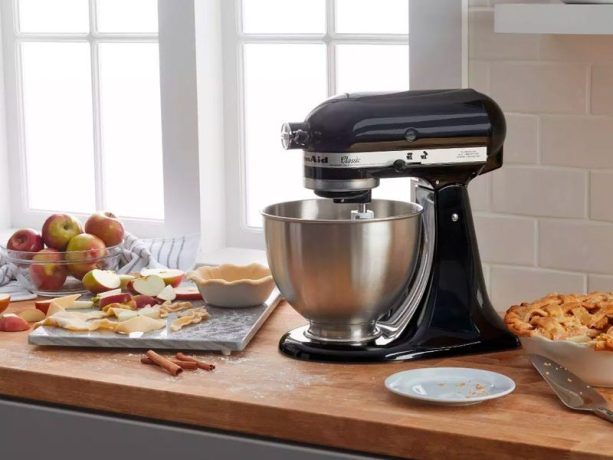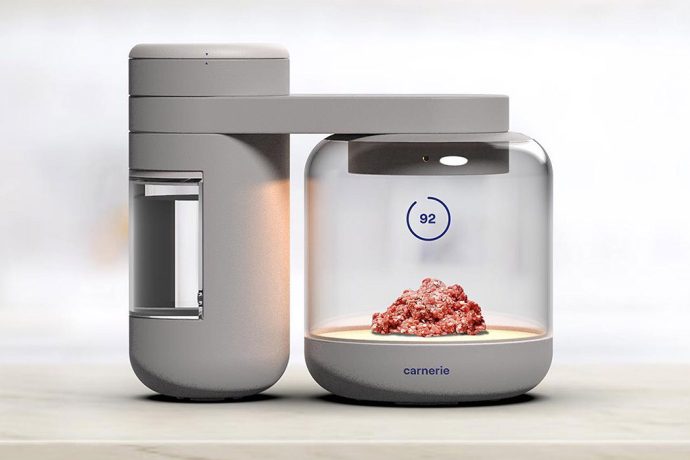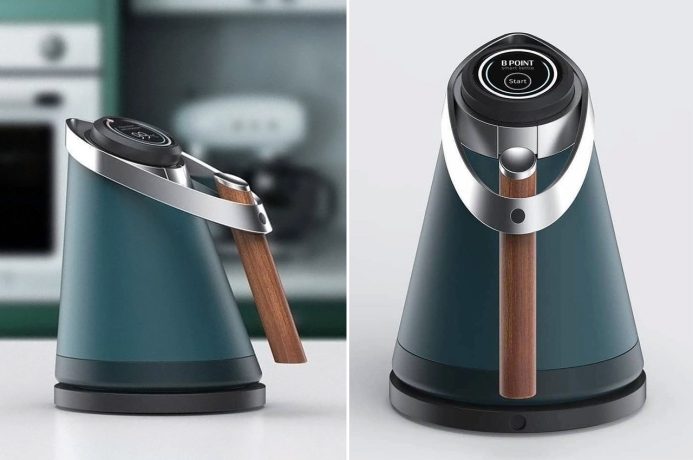
The kitchen, once a utilitarian space, has evolved into the heart of the home – a vibrant hub of culinary creativity and social engagement. Central to this evolution are the innovative designs of modern kitchen appliances, which not only elevate functionality but also seamlessly integrate with contemporary lifestyles. Let’s explore how these designs have transformed, shaping the way we perceive and interact with our culinary spaces.
1. Sleek and Minimalist Aesthetics
Modern kitchen appliances embrace sleek and minimalist aesthetics. Clean lines, smooth finishes, and minimalist designs are prominent, offering a sophisticated and streamlined look that complements various kitchen styles, from minimalist to contemporary and even industrial.
2. Integration with Smart Technology
Appliances are now at the forefront of the smart home revolution. Seamless integration with smart technology allows appliances to communicate and synchronize, offering connectivity with smartphones and other devices. This integration enhances convenience, efficiency, and customization in kitchen operations.
3. Customizable and Modular Configurations
Innovative designs focus on modularity and customization. Appliances come in modular configurations, allowing users to personalize their kitchen layouts based on space and preferences. Interchangeable components and flexible designs provide adaptability, catering to evolving needs.
4. Compact and Space-Saving Solutions
As urban living spaces shrink, appliances have adapted to offer compact and space-saving solutions. Slim-profile devices, all-in-one units, and stackable designs maximize functionality without compromising performance, ideal for smaller kitchens or multifunctional spaces.
5. Eco-Friendly and Sustainable Materials
A shift towards sustainability has influenced appliance designs. Manufacturers use eco-friendly materials, such as recycled metals and biodegradable plastics, reducing environmental impact. Energy-efficient appliances also align with sustainability goals.
6. Innovative User Interfaces
User interfaces have undergone significant innovation. Touchscreen displays, intuitive controls, and interactive interfaces offer user-friendly experiences. Some appliances feature voice commands or gesture control, simplifying operation.
7. Ergonomic and User-Centric Designs
Appliances are designed with user comfort in mind. Ergonomic features, such as adjustable heights, easy-grip handles, and accessible interfaces, prioritize user convenience and ease of use.
8. Seamless Integration with Kitchen Decor
Appliances seamlessly blend with kitchen decor, becoming integrated elements rather than standalone gadgets. Customizable finishes, panel-ready designs, and hidden or built-in installations ensure appliances complement and enhance overall aesthetics.
Conclusion: Shaping the Future of Kitchen Design
The evolution of appliance design has redefined the aesthetics, functionality, and user experience in modern kitchens. Beyond serving as tools for culinary endeavors, these appliances are now integral elements in shaping the ambiance, efficiency, and personality of contemporary kitchens.
As innovation continues to drive the evolution of kitchen appliances, the future promises further advancements that seamlessly merge form and function, enhancing the way we interact with and enjoy our culinary spaces.






